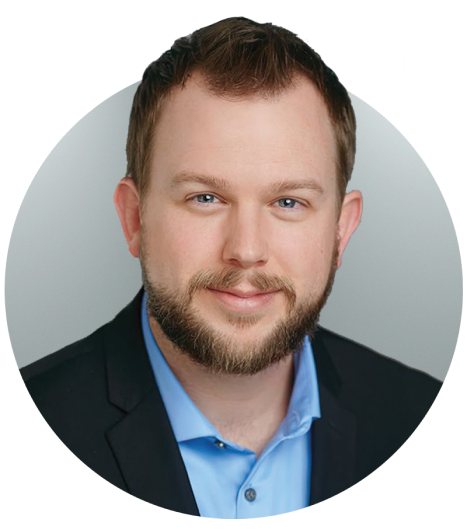Kiplinger’s article, “When to Take Your First Required Minimum Distribution From an IRA,” explains that when you must take your Required Minimum Distribution (RMD), depends on whether your birthday falls before or after July 1. It also depends on whether you want to use your option to delay taking your first withdrawal.

People who were born in 1947 on July 1 or later will turn 70½ in 2018, so they’ll have to take an RMD by December 31, 2018. However, for their first one, they can delay it until April 1, 2019. This April 1 extension, only applies to your first RMD after age 70½.
All of your subsequent RMDs must be taken by December 31 each year. That includes your second RMD. Therefore, if you turned 70 in the first half of 2018, you can wait until April 1, 2019, to take the first withdrawal. However, you must take your second withdrawal—for age 71—by December 31, 2019. That means you’ll wind up taking two RMDs in a single year, which could impact your tax bill.
When you look at the timing of your first RMD, think about the effect that taking two RMDs in one year could have on your finances. As a rule, it’s better to take that first RMD by December 31, because taking two RMDs in one year could increase your taxable income and create other financial issues. Not only could this place you in a higher tax bracket, but the additional income could also make more of your Social Security income subject to taxes.
In addition, if taking two RMDs in one year ups your AGI plus tax-exempt interest income to more than $85,000 if you’re single or $170,000 if you’re married filing jointly, you’ll need to pay extra for Medicare Part B and Part D.
You may want to use April 1 if your taxable income is already higher this year than it will be next year, which can happen if you win the lottery or if you get a bonus or buyout from work or some other windfall.
Reference: Kiplinger (November 17, 2017) “When to Take Your First Required Minimum Distribution From an IRA”

